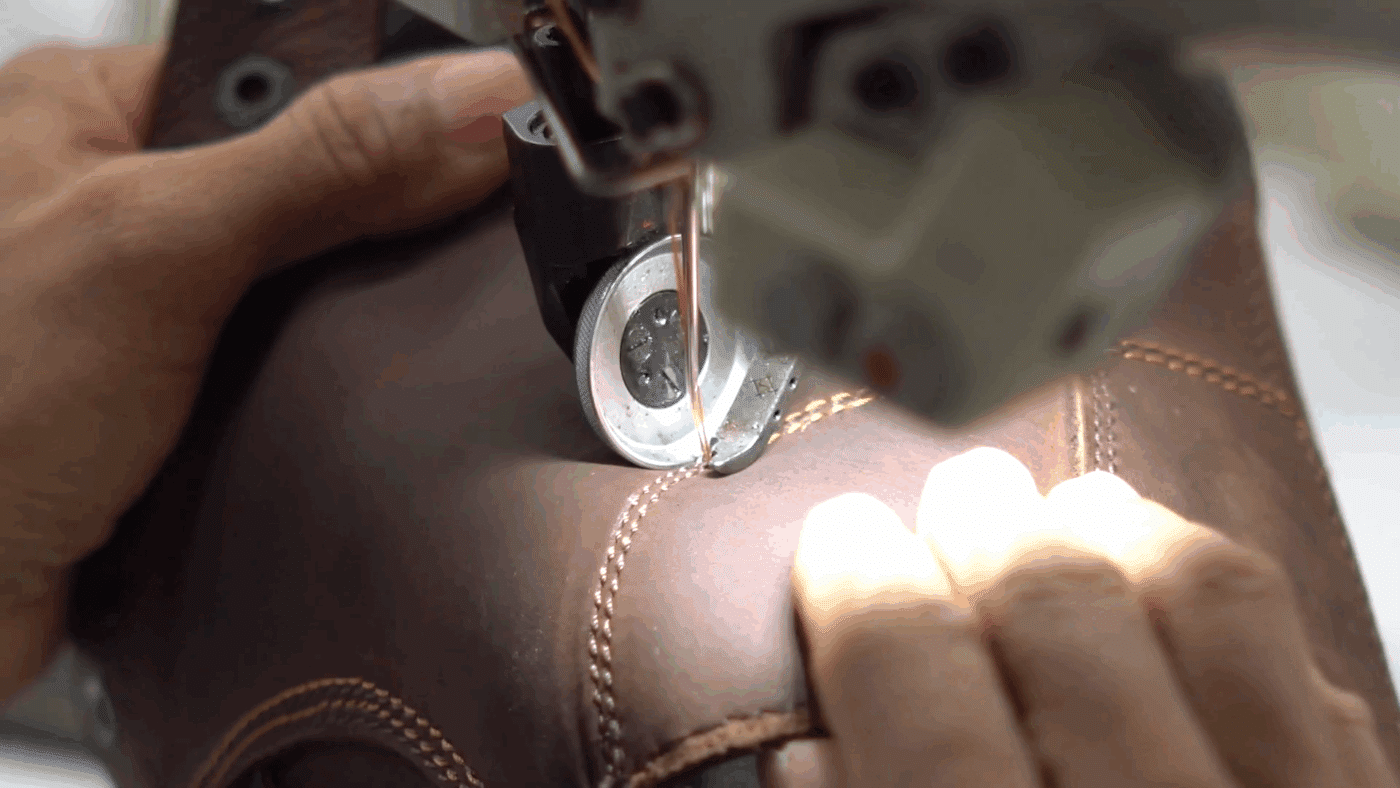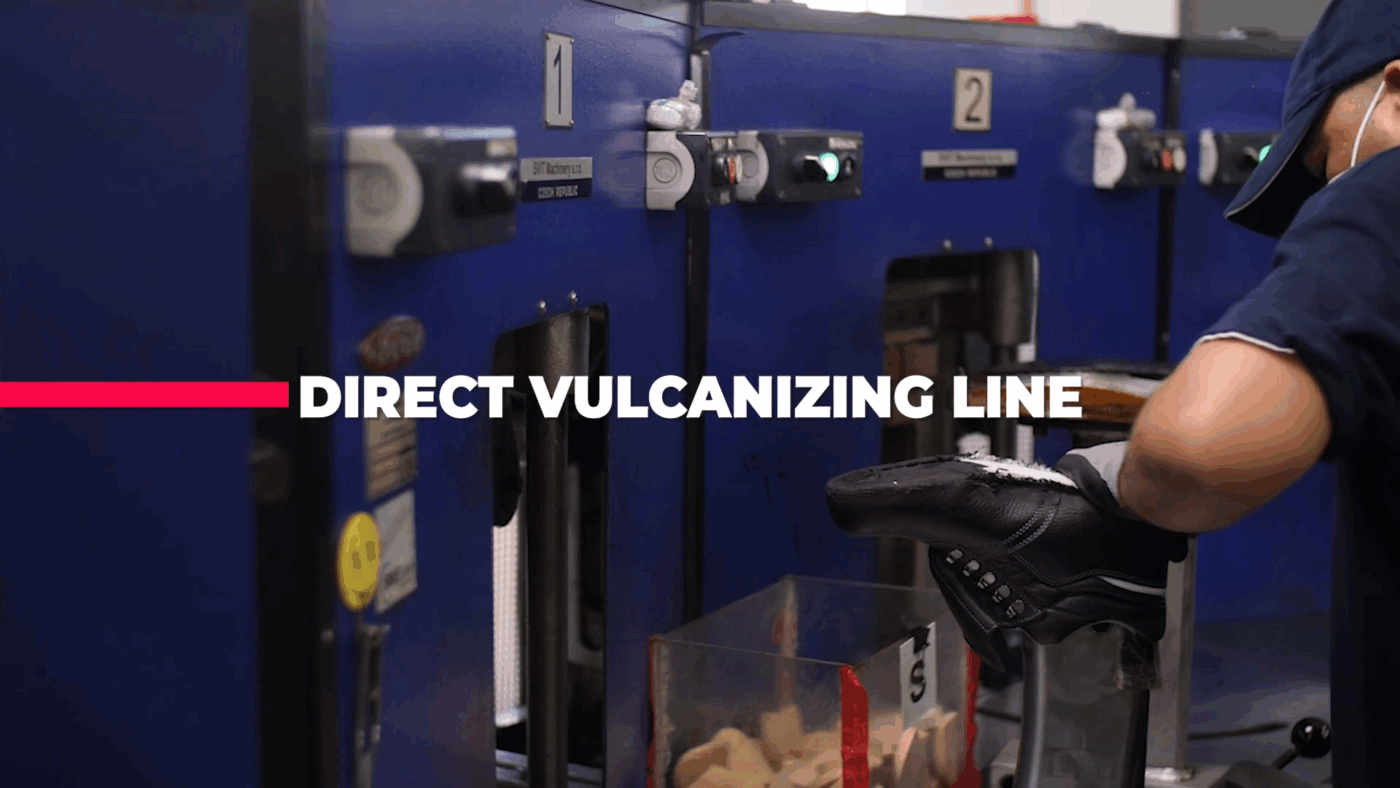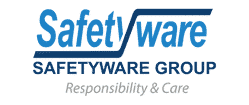Safetyware’s safety shoes come to life through a detailed, step-by-step process that combines advanced technology, strict testing, and global safety standards. Let’s break down how these shoes are made to protect workers while keeping comfort in mind.
1. Designing for Safety
Engineers start by designing shoes tailored to workplace risks—like heavy impacts or electrical hazards. They choose tough materials like fiberglass-reinforced toe caps (strong enough to handle 200J impacts) and lightweight synthetic soles for flexibility. For breathability, full-grain leather or suede uppers are selected, especially for hot or humid environments.
2. Cutting and Stitching

Next, hydraulic cutting machines slice leather or synthetic materials into precise shapes, minimizing waste. For smaller batches, skilled workers cut materials by hand. After cutting, industrial sewing machines stitch the pieces together, adding features like waterproof liners or breathable mesh to keep feet dry and comfortable.
3. Adding Protective Features
At this stage, workers install critical safety components in Safetyware’s safety shoes:
- Steel or composite toe caps to shield against crushing impacts (meeting EN ISO 20345 standards).
- Stainless steel midsoles to block sharp objects like nails or glass shards.
4. Shaping the Shoe
The team then shapes the shoe using a mold (called a “last”) to ensure a snug fit. Roughing machines prepare the edges of the upper material, creating a strong bond with the sole later. This step ensures the shoe keeps its shape even after years of wear.
5. Attaching the Sole
Workers bond the sole to the upper using two key methods:

- Dual-density molding: Soft inner layers cushion the foot, while hard outer layers resist wear.
- Vulcanized rubber soles: These provide unbeatable grip on slippery surfaces and resist oils or fuels.
6. Rigorous Quality Checks
Technicians test every pair to ensure it meets safety standards:
- Impact tests: Heavy weights are dropped on the toe cap to confirm it won’t buckle.
- Slip tests: Shoes are tested on wet, greasy tiles to guarantee traction.
- Electrical tests: Dielectric boots are submerged and exposed to high voltages to check insulation.
7. Certification and Packaging
Once certified, the team packages the shoes with care. Each pair is cleaned, labeled, and boxed with Safetyware’s branding, ready to ship to workers worldwide.
Why Safetyware Leads the Industry
Innovation Partners: Collaborations with rubber experts improve material durability.
Smart Automation: Machines ensure every shoe meets exact specifications.
Eco-Friendly Choices: Machine-washable designs reduce waste and extend shoe life.
Why Safetyware Stands Out
- Automation: State-of-the-art factories ensure consistency and scalability.
- Sustainability: Machine-washable designs (up to 40°C) extend product lifespan.
- Innovation: Partnerships with Harvik Rubber and Korakoh enhance material performance.
Explore Safetyware’s Range:
For detailed specifications or to request a catalogue, visit Safetyware’s website or contact their team directly.
Safety isn’t an accident—it’s engineered. 🛠️👞
Any Questions? Contact Us:
📩 Email: [email protected]
🌐 Website: www.safetyware.com
📞 Contact us: WhatsApp

